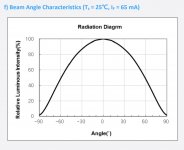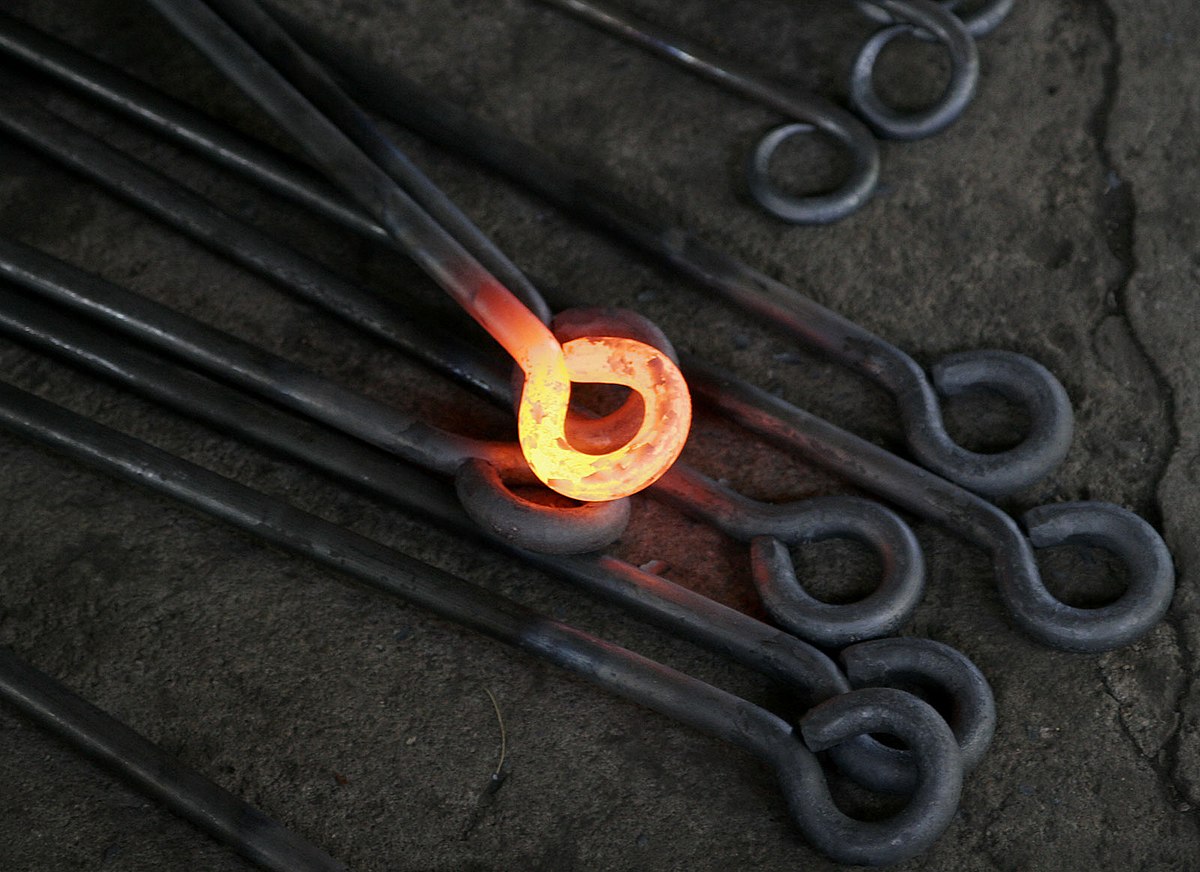It doesn’t matter that us humans considered leds cooler than a hps bulb. And that seems to be the problem with many growers = They think the led light is cool enoughThe modern LED light can be considered "more cold" in comparison to a HPS lamp, but that is due to the HPS emitting much IR. The LEDs light is still more energetic, ie. higher raw amount of photons pumped out each second.
But the only thing that matters is that, if you have your leds too close to your canopy, it (beam hot spots) heats the plant tissue up too much.
If you place your temp meter close under your leds, i'm sure the reading will go past 40C and that is already too much for your plants. It may seem "cool" to you compared to a hps bulb but it's still too much for the plants to handle. Your opinion doesn’t matter to the plant tissue



